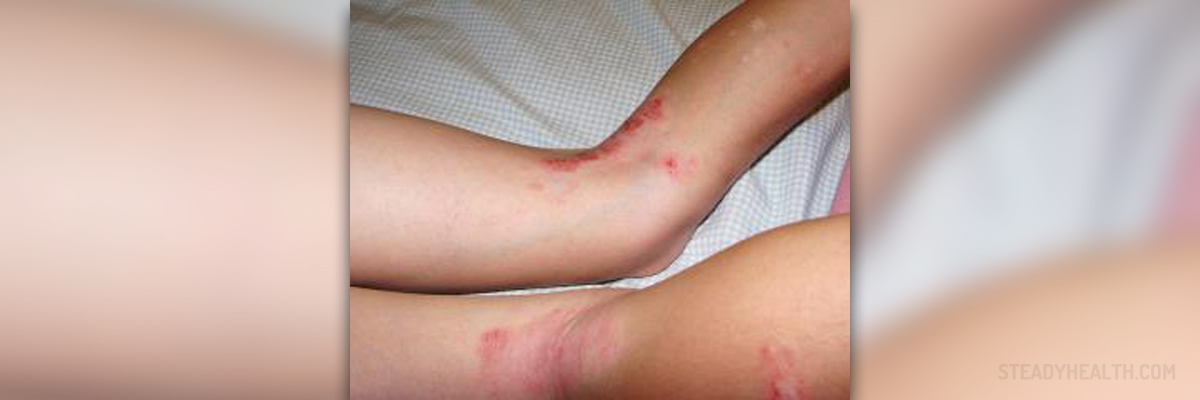
Atopic dermatitis
Atopic dermatitis predominantly affects infants and little children. In some children, the disease may eventually disappear or they suffer from milder cases of atopic dermatitis later in their lives. The outbreak of the disease can also occur in adulthood.
Causes of Atopic Dermatitis
The actual cause of atopic dermatitis has not been identified yet. Generally, people who suffer from atopic dermatitis have rather sensitive immune system which reacts tempestuously to a variety of allergens or irritants. It is no surprise that disease runs in families and that patient's relatives suffer from other allergic diseases including hey fever or asthma. This is why majority of doctors believe that atopic dermatitis occurs as a consequence of allergic reaction.
The disease may worsen if a patient is exposed to stress and the outbreak can be connected to consumption of certain foods. The allergens can be dust mites or animal dander. The skin reaction can be additionally caused by soaps or detergents. Atopic dermatitis has been reported during weather changes. And finally, it can result from skin infections.
Symptoms of Atopic Dermatitis
The leading symptom of atopic dermatitis is itching. The intensity of itching varies and it can be temporary or persistent. Sometimes itchiness bothers patients even during night.
Rash develops as a consequence of scratching. The affected skin is red and rash usually develops in a form of patches. The rash is either occasional or long-lasting. Sometimes the rash may include fluid-filled blisters. The fluid may leak from the blisters and the crusts develop. Formation of blisters as well as their crusting is a consequence of scratching or skin infection.
During time the skin becomes dry, scaly and the itchiness lingers. The chronic phase of the disease results in tough and thick skin which is a consequence of lichenification.
In mild forms of the disease the rash affects only small portions of the skin and the symptoms can be successfully eliminated by correct moisturizing. On the other hand, severe cases of the disease affect large portions of the skin and itchiness cannot be alleviated by proper moisturizing.
In infants the disease affects the scalp, face and neck as well as both extremities and trunk. The symptoms intensify during winter months.
In children between 2 and 11 years the rash affects the back of the arms and legs and neck. These children also suffer from rash in bending areas such as the back of the knees and the inside of the elbows.
In adolescents and adults small portions of skin are affected by the rash. The predilection places include the face, wrists and forearms.


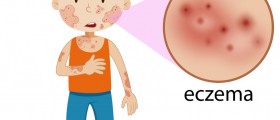
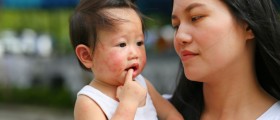
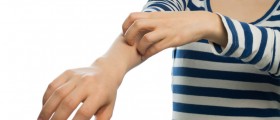



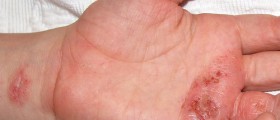
-Causes,-Symptoms-And-Diagnosis_f_280x120.jpg)
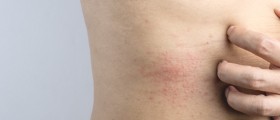


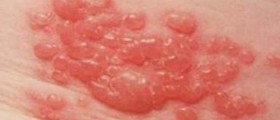



Your thoughts on this
Loading...